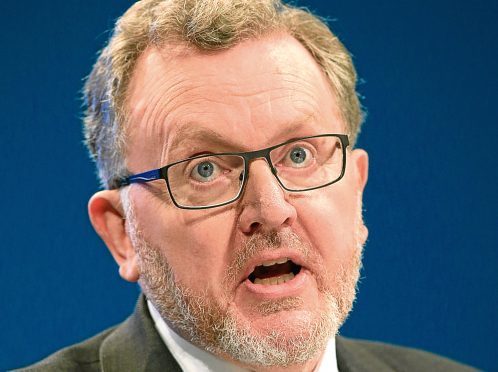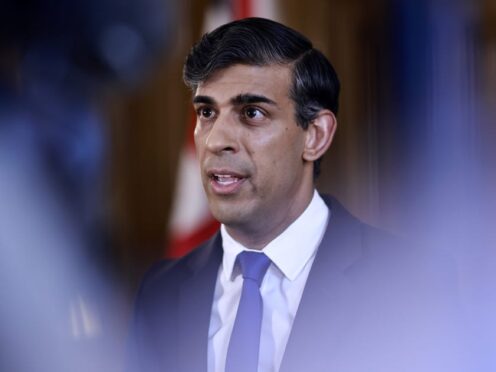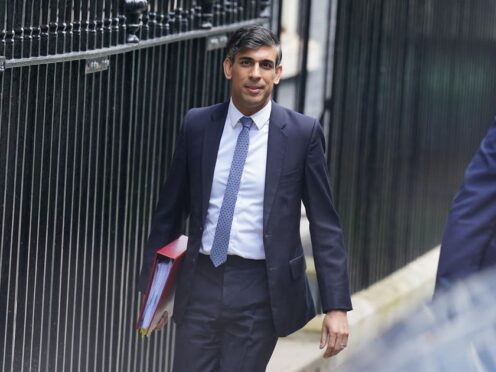David Mundell has been a fixture at the Cabinet table for more than four years, serving as Scottish secretary under both David Cameron and Theresa May – no mean feat in these turbulent political times.
Affectionately known as “fluffy” in certain Westminster circles, Mr Mundell is an affable, popular figure and, privately at least, has the respect of MPs from across the political divide. But the reason for his longevity in government is perhaps less to do with his personability and more to do with the increasing irrelevance of his office. With each passing year since the creation of the Scottish Parliament the role becomes somewhat more ceremonial, with photo ops, receptions, the odd speech and the five-weekly appearance in the Commons for Scottish questions hardly filling the diary.
The Northern Ireland Office (NIO) by contrast has perhaps never been more important to the government, with the break down of power-sharing at Stormont, the supply and confidence agreement with the DUP, the border challenges presented by Brexit and the continued threat of a breakdown in the peace accord – a Northern Ireland secretary across their brief is a must for any successful administration. That fact is reflected clearly in the department’s balance sheet, with the NIO given £28million a year to spend, while the Scotland Office survives on a mere £9m.
Scotland of course has its challenges, but very rarely does the secretary of state for Scotland play a role in resolving them. Ministers in Holyrood instead liaise with their direct counterparts in the UK government and seldom bother officials working at the plush Grade I-listed Dover House on Whitehall, which has been home to the Scottish Office since the 1880s. This is not a new phenomenon – from the very first devolved governments there were moves to bypass the Scotland Office. One peer, who served in an early administration, recently remarked to me, “we were going to our colleagues in the justice department or home office or whatever it was, we didn’t involve the Scotland Office. After devolution what is the point of it? It needs to adapt or it risks being completely irrelevant”.
That very point was reflected in a recent report of the Scottish Affairs Committee, which recommended urgent constitutional reform to strengthen intergovernmental relations between Holyrood and Westminster. The committee, as part of a series of bold recommendations, called for the territorial offices of state to be replaced with a single department responsible for managing constitutional affairs and relations.
While the committee is headed by SNP veteran Pete Wishart, the recommendations were in no way party political – a number of Scottish Tories, who are also members, happily signed off on the report’s conclusions. That act of mild public defiance signalled the greater dissatisfaction with the current set up bubbling under the surface.
When asked if they would take the job, Tory MPs are either likely to either violently shake their head or will seek to change the topic of conversation, as one recently remarked over coffee “what really can you do with it? Yes it’s cabinet, but if you want to get on and into another job it doesn’t really lead anywhere”. Of course countless holders of the office have gone on to do all manner of cabinet jobs, but the perception nevertheless holds that the role in its current form is a cul-de-sac, with little power, influence or purpose other than to act as a punching bag for the SNP.
Opposition parties have, unfairly, squarely blamed Mr Mundell for this. His Labour shadow Lesley Laird said only last week that his actions had directly led to MPs calling for the role to be “abolished” – something that was quickly rebuffed by Mr Mundell’s team who said: “At a time when the Scottish Government is preparing for a second independence referendum next year, the role of the Scotland Office and of the secretary of state in strengthening Scotland’s place in the UK is more important than ever.”
It is true that the office played a huge role in coordinating different departments, ministers and campaigning during the 2014 independence referendum but the prospect of the SNP calling a second referendum can’t be the sole purpose for its continued existence; it needs to be much more.
Boris Johnson is privately having his ear bent by Scottish Tories over a major revamp of the office, along the lines suggested by the Scottish Affairs Committee – but as Brexit continues to dominate, the reform may simply fall to the bottom of the pile.
A fork in the road is thus approaching for the Scotland Office and in five to ten years time the occupants of Dover House will tell us all we need to know about the direction that was taken. The building is regarded with envious eyes across Whitehall due to its size and proximity to Downing Street. If the reformers win it will be home to a constitutional secretary, who has the authority of a deputy prime minister, and ministers for Scotland, Wales and Northern Ireland – a reinvigorated office with renewed purpose for the 21st century.
Without reform, as one SNP MP recently said with a smile, “Dover House will be our embassy when we get independence”.










